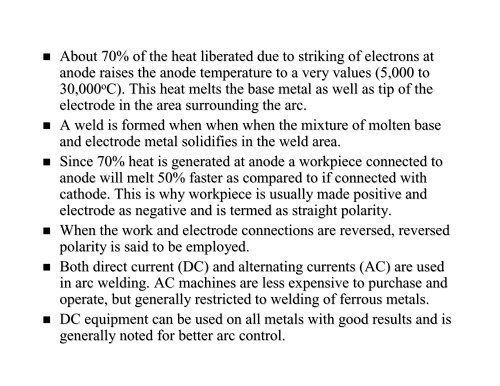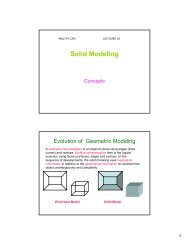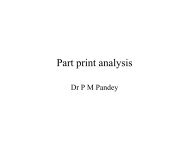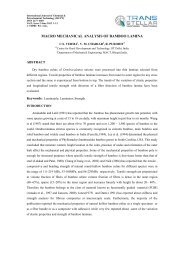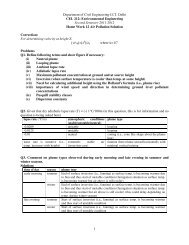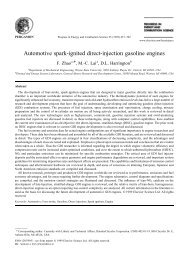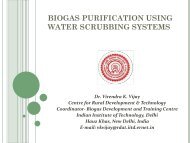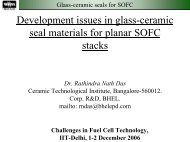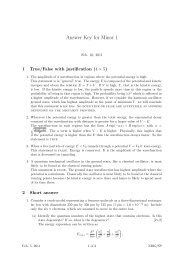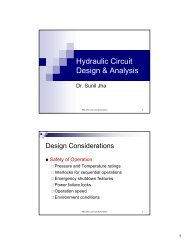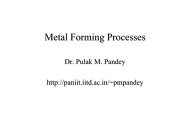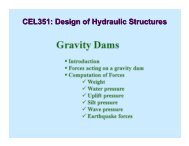Create successful ePaper yourself
Turn your PDF publications into a flip-book with our unique Google optimized e-Paper software.
About 70% of the heat liberated due to striking of electrons at<br />
anode raises the anode temperature to a very values (5,000 to<br />
30,000 oC). C). This heat melts the base metal as well as tip of the<br />
electrode in the area surrounding the arc.<br />
A weld is formed when when when the mixture of molten base<br />
<strong>and</strong> electrode metal solidifies in the weld area.<br />
Since 70% heat is generated at anode a workpiece connected to<br />
anode will melt 50% faster as compared to if connected with<br />
cathode. This is why workpiece is usually made positive <strong>and</strong><br />
electrode as negative <strong>and</strong> is termed as straight polarity.<br />
When the work <strong>and</strong> electrode connections are reversed, reversed<br />
polarity is said to be employed.<br />
Both direct current (DC) <strong>and</strong> alternating currents (AC) are used<br />
in arc welding. AC machines are less expensive to purchase <strong>and</strong><br />
operate, but generally restricted to welding of ferrous metals.<br />
DC equipment can be used on all metals with good results <strong>and</strong> is<br />
generally noted for better arc control.


